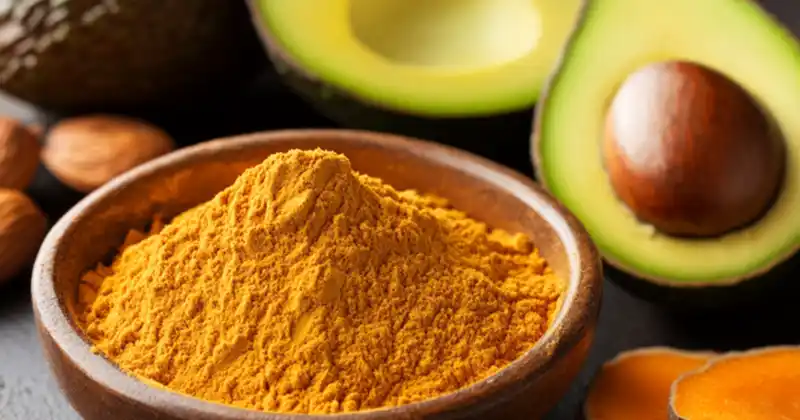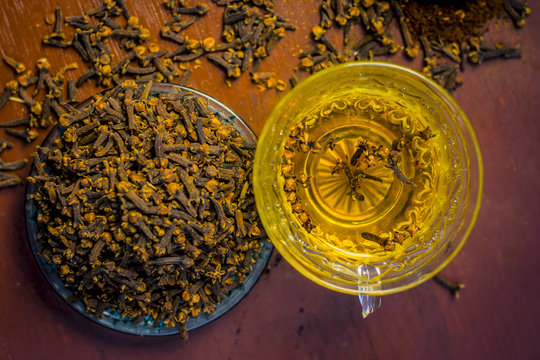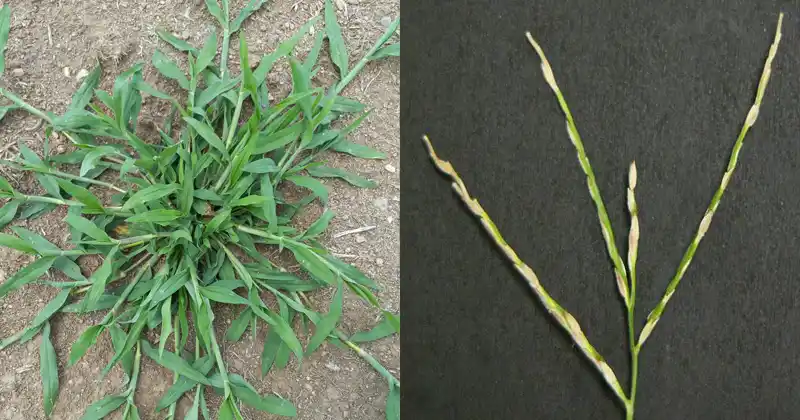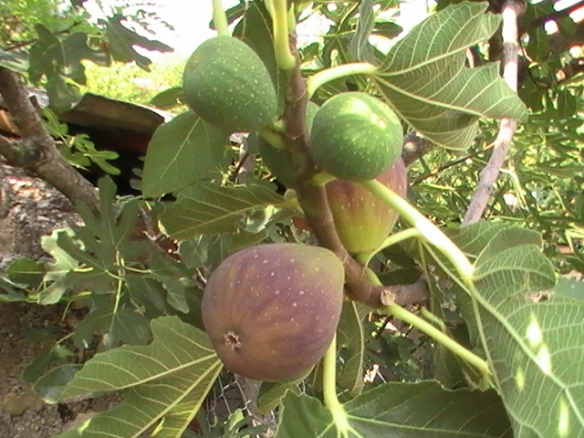
Nettle fertilizer and nettle insecticide are invaluable tools in organic gardening. They are easy to make, environmentally friendly, and offer numerous benefits for your garden. In this article, we will explore the significance of nettle-based solutions, learn how to make them, and understand how to use them effectively.
The Benefits of Nettle Fertilizer
Nettle fertilizer, also known as nettle tea or nettle liquid fertilizer, is a nutrient-rich, all-natural plant feed that can significantly enhance the health and productivity of your garden. Here’s why it’s important:
-
Nutrition Boost: Nettle is packed with essential nutrients like nitrogen, potassium, phosphorus, and trace minerals that plants need to grow and thrive.
-
Soil Enrichment: Adding nettle fertilizer enriches the soil with organic matter, improving soil structure, water retention, and nutrient availability.
-
Natural Pest Repellent: The strong odor of nettle fertilizer can help keep some garden pests at bay, reducing the need for chemical insecticides.
-
Cost-Effective Solution: Making your own nettle fertilizer saves you money and reduces the need for store-bought alternatives.
How to Make Nettle Fertilizer
Making nettle fertilizer is a straightforward process. Here’s a step-by-step guide:
What You’ll Need:
- Fresh nettle leaves (wear gloves when handling)
- A large container or bucket
- Water
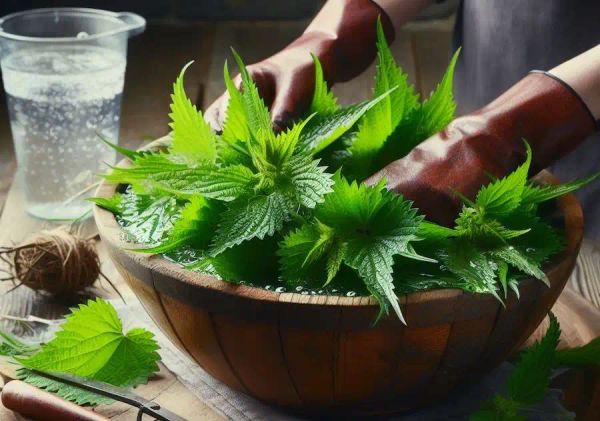
Instructions:
-
Collect nettle leaves: Gather fresh nettle leaves during the growing season, typically in spring or early summer. Remember to wear gloves to avoid stinging.
-
Fill a container: Take a large container or bucket and fill it with water. The amount of water you need depends on the quantity of nettle leaves you have.
-
Add nettle leaves: Place the nettle leaves into the container of water. Use roughly 1 part nettle leaves to 10 parts water. For example, if you have a gallon of nettle leaves, use 10 gallons of water.
-
Soak the leaves: Allow the nettle leaves to steep in the water for about two to three weeks. Stir the mixture every few days to aerate it.
-
Strain and use: After the steeping period, strain the liquid into another container. The resulting liquid is your nettle fertilizer. You can further dilute it with water (typically 1 part nettle fertilizer to 10 parts water) before using it on your plants.
The Benefits of Nettle Insecticide
Nettle insecticide, also known as nettle-based pest spray, is an organic and eco-friendly solution for managing garden pests. Here’s why it’s important:
-
Environmentally Friendly: Nettle insecticide is a natural alternative to synthetic insecticides, reducing harm to beneficial insects and the ecosystem.
-
Cost-Effective Solution: Making your own nettle insecticide is sustainable and saves you money on expensive commercial products.
-
Effective Pest Control: Nettle insecticide can help control common garden pests like aphids, caterpillars, and mites.
How to Make Nettle Insecticide
Creating nettle insecticide is a simple process. Here’s a basic guide to get you started:
What You’ll Need:
- Fresh nettle leaves (wear gloves when handling)
- Water
- Soap (organic, non-toxic)
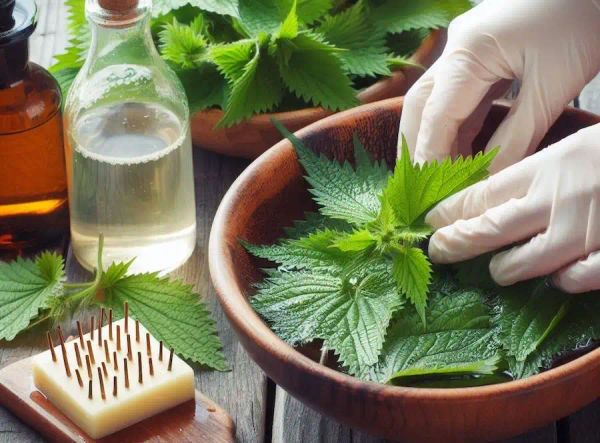
Instructions:
-
Collect nettle leaves: Just like with nettle fertilizer, gather fresh nettle leaves during the growing season, being sure to wear gloves.
-
Fill a container: Fill a container with water, using approximately 1 part nettle leaves to 5 parts water. For example, if you have a quart of nettle leaves, use 5 quarts of water.
-
Add nettle leaves: Place the nettle leaves in the water and let them soak for about 24 hours.
-
Strain the liquid: After the soaking period, strain the liquid into a spray bottle.
-
Add soap: Add a few drops of organic, non-toxic soap to the mixture. The soap helps the solution adhere to the pests and plants.
-
Spray on plants: Apply the nettle insecticide directly to the affected plants, targeting the pests. Make sure to spray both the upper and lower sides of the leaves. Repeat the process as needed, typically every 7-10 days.
Nettle fertilizer and nettle insecticide are essential tools for gardeners who prioritize organic and sustainable practices. These homemade solutions offer a range of benefits, from enriching soil and promoting plant growth to managing garden pests effectively. By understanding how to make and use nettle-based products, you can take significant steps towards a healthier, more productive garden while reducing your reliance on chemical fertilizers and insecticides.
